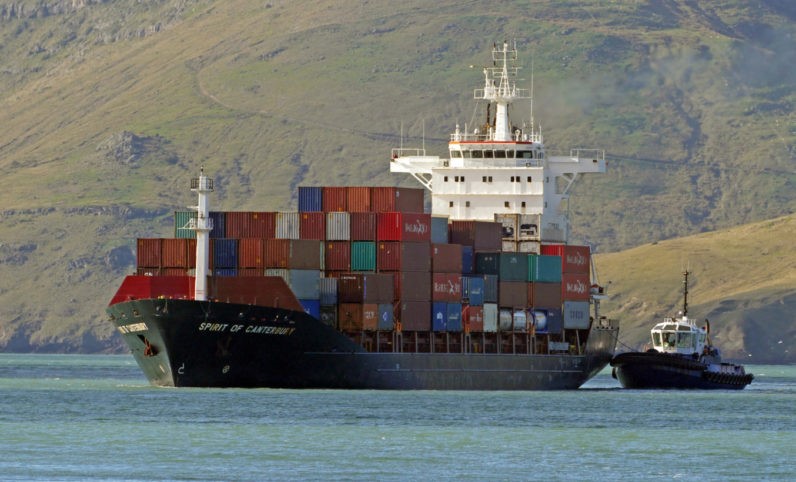We’ve written a few blogs that addressed the new International Maritime Organization (IMO) rules that go into effect in 2020. Now, it is worth investigating the volume of shipping fuels that will shift to compliance. Currently shippers consume close to 4 million b/d of high-sulfur fuel oil (HSFO).
First let’s recap the three main areas the shipping industry must focus on to become compliant:
- Use a more expensive fuel with a sulfur content of 0.5%. Anytime sulfur content is reduced the cost of fuel is higher
- Burn a high-sulfur fuel and run the emissions through and exhaust gas cleaning system, known as a scrubber
- Use of alternative fuels (LNG, methanol or LPG)
So, what volume of fuel is likely to shift to compliance? Chris Cote from ESAI Energy LLC is forecasting 75% of bunker fuel sold in 2020 will be compliant. The fuel will either meet the new sulfur specifications or will meet the new requirements thru conversion using a scrubber system. Waivers will account for a large part of the non-compliant volume because of various fuel issues.
It is estimated that after taking into account installation of scrubber systems on vessels as well as alternative fuel options the new compliant supply needed for refineries around the world will be roughly 1.5 million b/d.
The impact of the IMO regulations will affect supply and demand circles. Refineries will have to assess the ROI to reconfigure their refining units in order to produce the cleaner IMO fuel requirements. Although it is anticipated refineries can expect to make higher margins selling IMO specification fuel. Furthermore, the added demand from the shipping industry for lower sulfur fuel may contribute to tighter lower sulfur fuel markets as we head into 2020.
Ship compliance will determine IMO 2020 market impact; Oil & Gas Journal 01/07/2019. Chris Cote, ESAI Energy LLC




